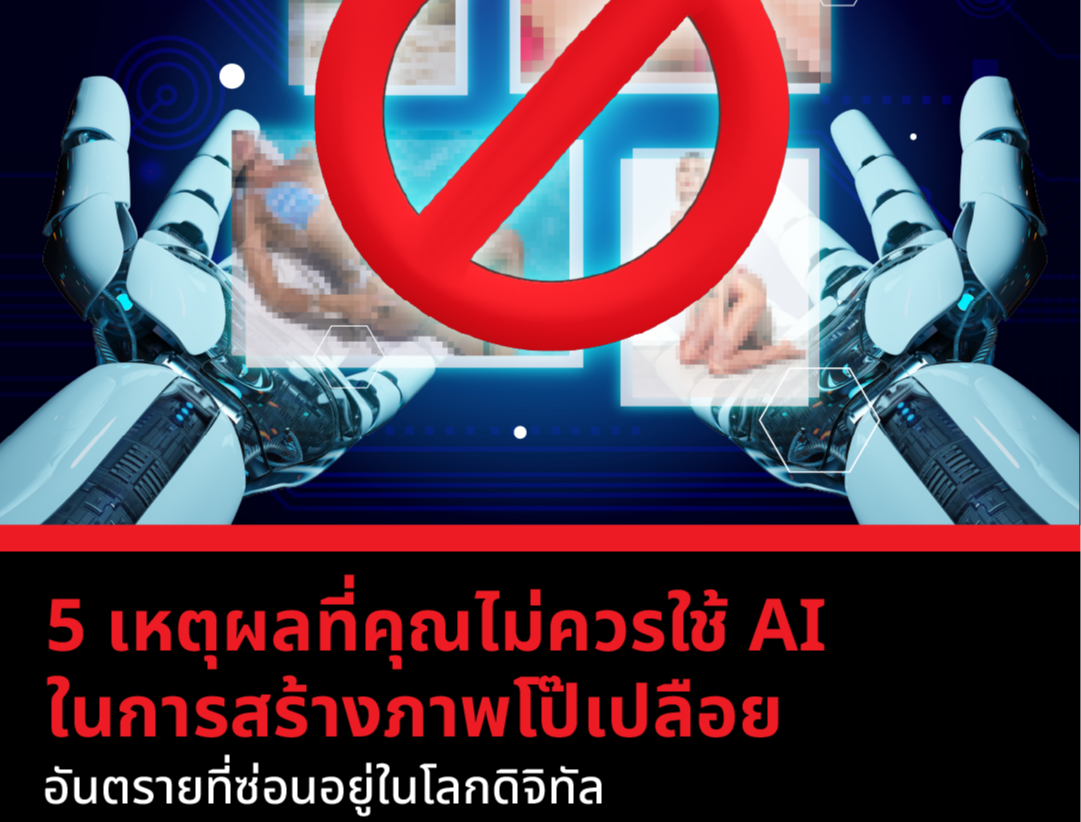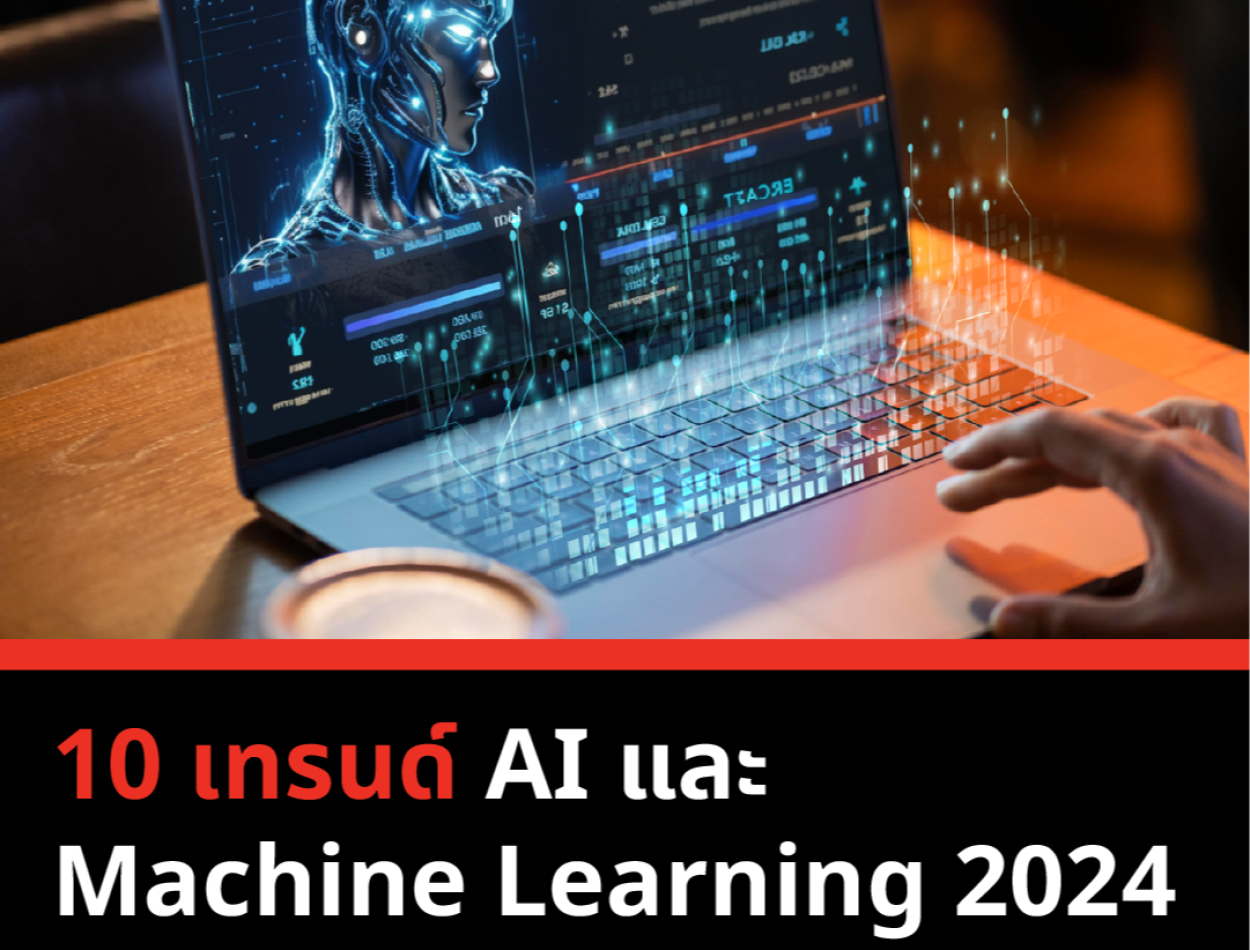
10 AI and Machine Learning Trends 2024
2024-03-15 02:58:31
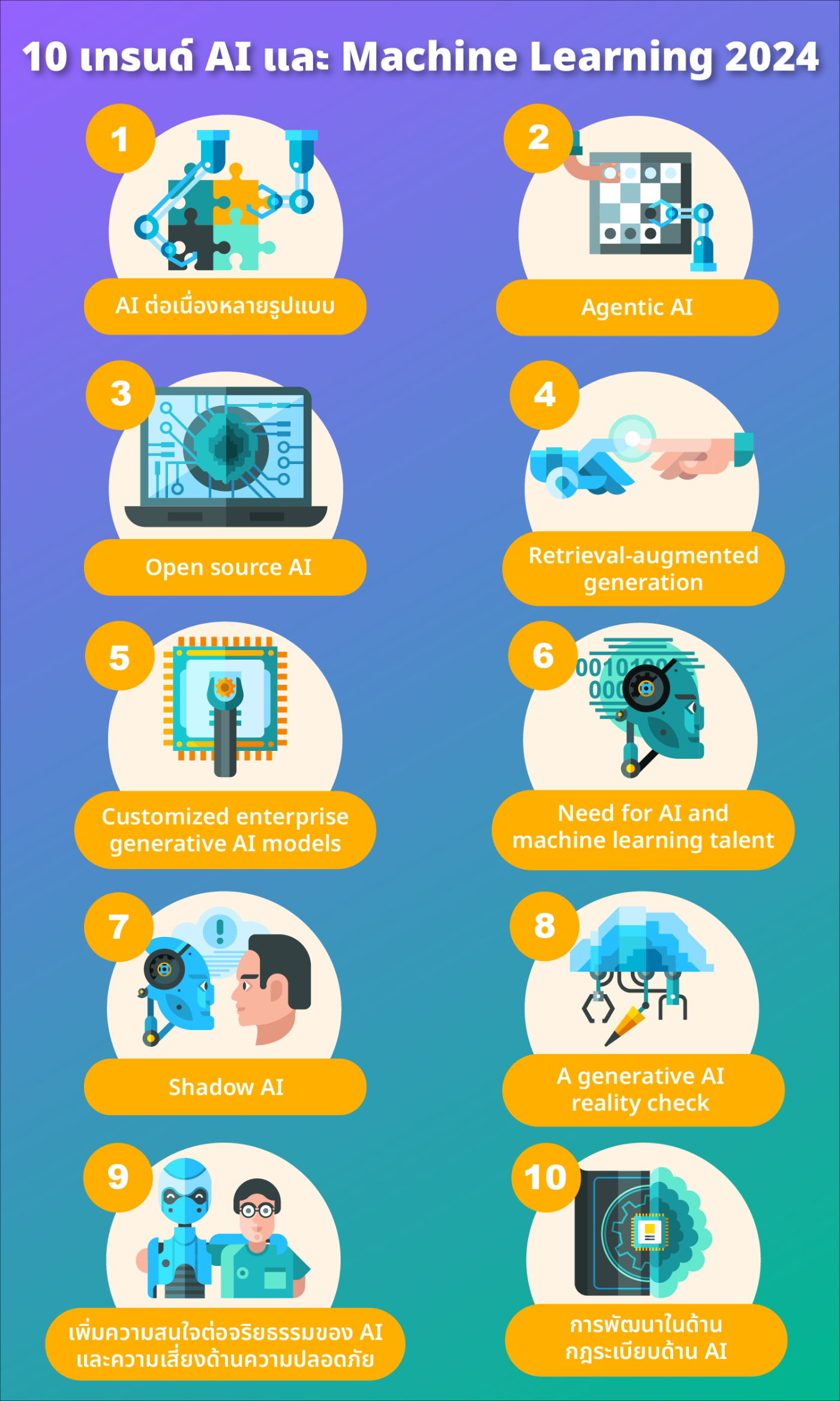
After the release of ChatGPT from OpenAI in 2022, which is a big change in the field of artificial intelligence technology development. The development of technology over the past several years has developed extensively and has developed many models. which TechTarget Ranking trends in artificial intelligence and machine learning technology
1. Multimodal AI
The development of AI has moved beyond the traditional single mode of data processing. It covers multiple input types, such as text, images, and audio, which is a step towards imitating humans' ability to process diverse sensory information. Multimodal capabilities in OpenAI's GPT-4 model allow the software to respond to audio and video inputs. In his talk, Chen gave the example of taking a photo of the inside of a refrigerator and asked ChatGPT to suggest a recipe based on the ingredients in the photo. Interactions may also include audio elements if ChatGPT's audio mode is used for voice requests.
2. Agent AI
It is a major shift from reactive AI to proactive AI. Agentic AI is an advanced system that demonstrates autonomy. Proactive action and the ability to act independently. Unlike traditional AI systems, which mostly respond to user input and follow a predetermined program, AI agents are designed to understand their environment. Set goals and operate to achieve those objectives without direct human intervention.
3. Open source AI
Large-scale language modeling and other powerful next-generation AI systems It's an expensive process. This requires enormous amounts of processing and data. But using open-source models allows developers to build on the work of others, reducing costs and expanding access to artificial intelligence. Open-source AI is publicly available. They are generally provided free of charge. It allows organizations and researchers to contribute and build on existing code.
4. Retrieval-augmented generation
Retrieval-augmented generation (RAG) combines text generation with data extraction to increase the accuracy and relevance of AI-generated content, giving LLM access to external data. Help them create more accurate and context-aware answers. Bypassing the need to store all knowledge directly in LLM also reduces model size. This increases speed and reduces costs as well.
5. Customized enterprise generative AI models
Large multipurpose tools such as Midjourney and ChatGPT have received the most interest among consumers exploring creative AI. But for business use cases Small and narrow models can prove most effective. This is driven by the growing demand for AI systems that can meet specific needs.
A key advantage of custom-generation AI models is their ability to cater to specific market segments and user needs. Optimized generation AI tools can be created for almost any situation. From customer support Supply chain management to document verification This is especially relevant for sectors with specialized terminology and practices such as Healthcare, finance, and law
6. Need for AI and machine learning talent
Designing, training, and testing machine learning models is no easy task. There is little need to push it into production and maintain it in a complex enterprise IT environment. It is therefore no surprise that the demand for AI and machine learning will continue to increase in 2024 and beyond.
Especially as AI and machine learning become more integrated into business operations. There is therefore a growing demand for professionals who can bridge the gap between theory and practice. This requires the ability to deploy, monitor, and maintain AI systems in the real world. This is a discipline that is often referred to as MLOps, an abbreviation for Machine learning operations
7. Shadow AI
Shadow AI occurs when employees need a quick solution. Or want to explore new technology faster than official channels allow? This is especially common for user-friendly AI chatbots. which employees can try using on a web browser without difficulty and without having to go through the IT review and approval process?
On the positive side, exploring new ways to use technology demonstrates a proactive and creative spirit. But there are also risks. This is because users often lack security-related information. data privacy and Compliance. For example, users may enter trade secrets into publicly available LLM without knowing that doing so will expose sensitive information to third parties.
8. A generative AI reality check
As many organizations continue to develop AI technology, they are faced with the limitations of generative AI, such as product quality, safety, and ethical concerns. and problems in integrating with existing systems and workflows. The complexity of deploying and scaling AI in a business environment is often overlooked, and tasks such as ensuring data quality are often overlooked. Training models And maintaining AI systems in manufacturing may be more challenging than initially anticipated.
which bypasses that restriction It requires setting realistic expectations for AI and developing a more detailed understanding of what AI can and cannot do. AI projects should be tied to business goals and real use cases. with a clear plan to measure the results
9. Increased attention to AI ethics and security risks
The proliferation of deflated and complex AI-generated content has raised concerns and alarm over AI-generated misinformation and political disinformation. There are also various forms of identity theft and fraud. It can also increase the efficiency of ransomware and phishing attacks. make it reliable more adaptable and more difficult to detect
The rise of AI systems also highlights the importance of ensuring systems are transparent and fair, for example. By carefully screening training data and algorithms for bias, Crossan emphasizes that these ethical and compliance considerations should be integrated throughout the AI strategy development process.
10 developments in AI regulation
As AI adoption is attempted and regulated, laws, policies, and industry frameworks are rapidly evolving in the United States and around the world. Organizations will need to stay informed and adapt in the coming years as regulatory requirements Changing regulatory compliance could have important implications for global operations and AI development strategies, with legislation and regulation evolving in many areas around the world. To reduce the impact of using AI.
Leave a comment :
Recent post
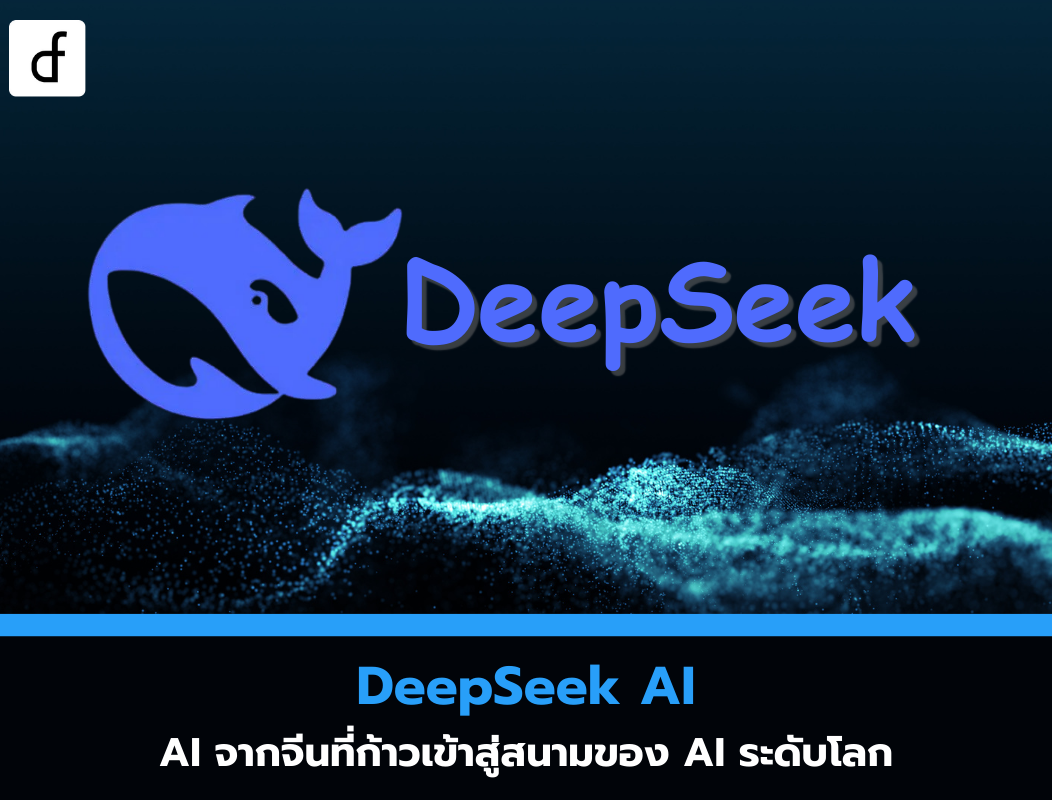
2025-01-10 10:12:01
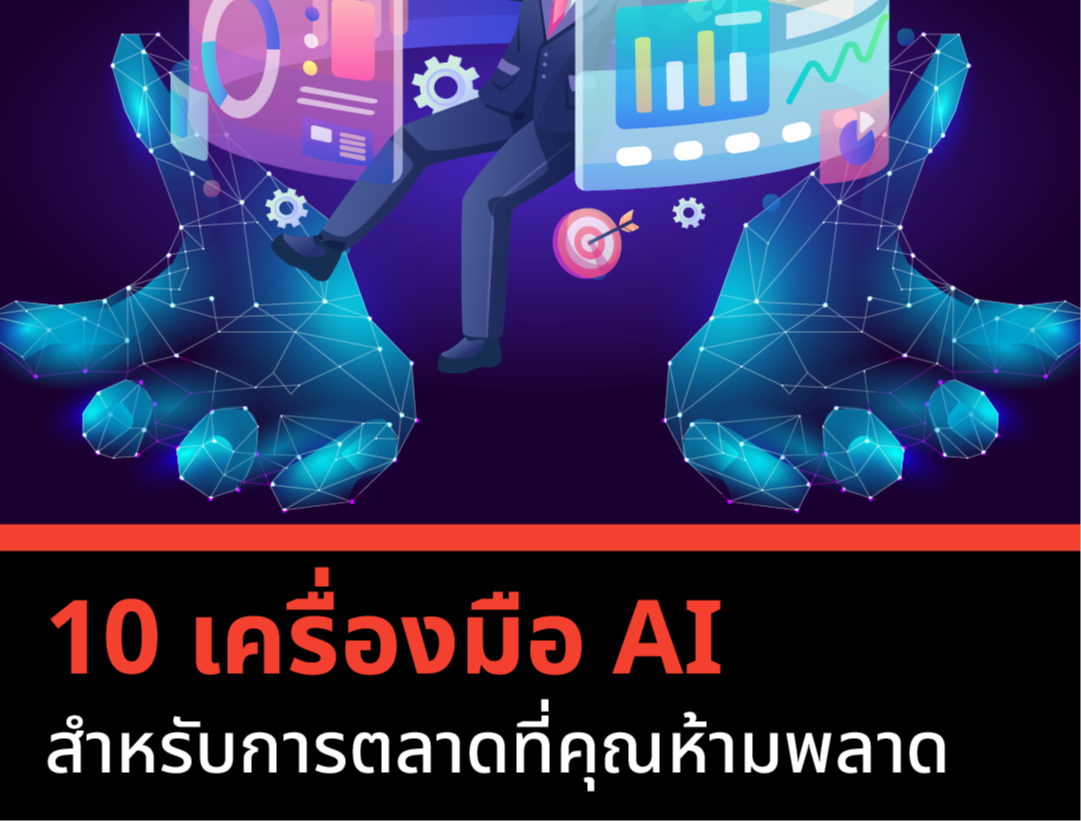
2024-05-31 03:06:49

2024-05-28 03:09:25
Tagscloud
Other interesting articles
There are many other interesting articles, try selecting them from below.

2025-03-19 01:53:23

2025-02-27 03:01:02

2024-03-15 02:58:31

2023-10-24 11:07:56

2024-09-04 10:58:08

2025-03-07 02:23:37

2025-04-30 09:21:14
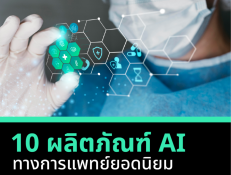
2024-04-26 03:25:28
